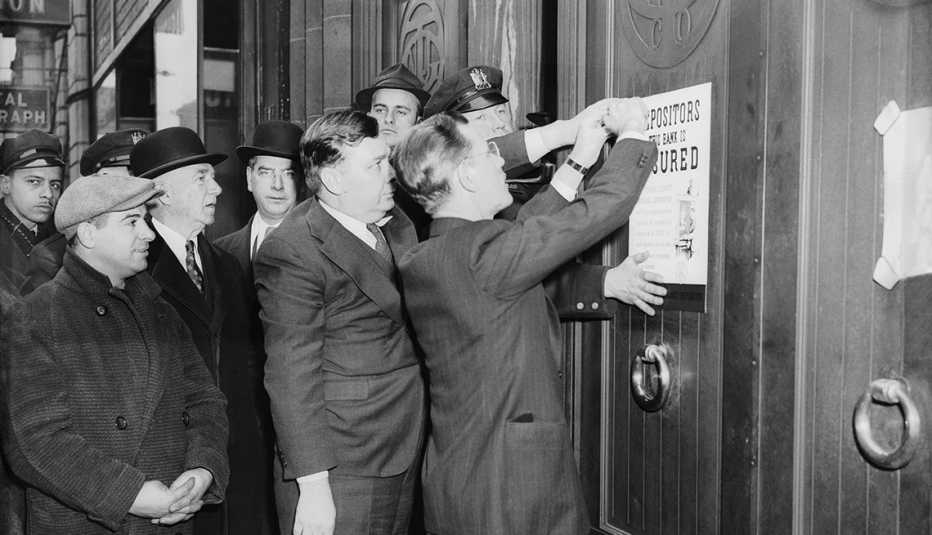AARP Hearing Center
Wall Street and Main Street got shocking news on Monday, May 1, when the Federal Deposit Insurance Corp. (FDIC) announced that First Republic Bank had failed and was sold to J.P. Morgan Chase & Co. It was the second-largest bank failure in U.S. history.
The First Republic failure follows the March 10 failure of Silicon Valley Bank, and the March 12 collapse of Signature Bank. On March 19, UBS Group announced its takeover of troubled Credit Suisse, a venerable European bank and Switzerland’s second-largest.


The collapses slammed shut a quiet period in banking: Silicon Valley’s was the first bank failure since October 2020. Bank failures rarely occur without affecting other banks and businesses; bank stocks were down sharply when trading reopened after the weekend as investors and depositors grew nervous about the safety and soundness of other banks.
The FDIC took the extraordinary step of guaranteeing all deposits in Silicon Valley Bank and Signature; most of those deposits were not covered under FDIC rules. J.P. Morgan took over all the deposits and most of the other assets of First Republic, and all depositors had access to their accounts as of May 1.
There’s no guarantee that the FDIC will be as generous in the future. And that’s why you should know the limits of deposit insurance — and take steps if any of your accounts is over the limit.




































































